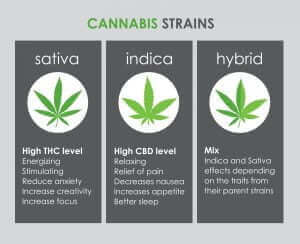Definition:
CBGA is a naturally occurring compound in cannabis that serves as the “parent” molecule for cannabinoids, forming through the combination of olivetolic acid and geranyl pyrophosphate. The acidic precursor to all major cannabinoids in cannabis, CBGA is the foundational compound from which THC, CBD, CBC, and other cannabinoids are synthesized during the plant’s growth.
Purpose and Usage:
CBGA plays a vital role in the cannabis plant’s biochemical processes. It is the starting point for the enzymatic reactions that produce THC, CBD, and CBC, making it essential for the development of the plant’s cannabinoid profile. CBGA is also being researched for its potential therapeutic properties, including anti-inflammatory and neuroprotective effects.
How It Relates to Cannabis:
- Formation: CBGA is synthesized in the cannabis plant through the combination of olivetolic acid and geranyl pyrophosphate.
- Conversion: Enzymes in the plant convert CBGA into THCA, CBDA, or CBCA, which are precursors to THC, CBD, and CBC.
- Decarboxylation: CBGA itself can convert into CBG when heated.
- Concentration: Found in higher amounts in young cannabis plants before enzymatic conversion depletes it.
Common Misconceptions:
- CBGA is psychoactive: CBGA is non-psychoactive and does not produce intoxicating effects.
- CBGA is the same as CBG: CBGA is the acidic precursor to CBG, with different chemical properties.
- CBGA remains abundant in mature plants: Most CBGA converts into other cannabinoids as the plant develops, leaving trace amounts.
Alternatives:
- CBG: The decarboxylated form of CBGA, with therapeutic potential.
- THCA, CBDA, CBCA: Cannabinoids directly derived from CBGA during plant growth.
Importance of Cannabigerolic Acid (CBGA):
CBGA is the cornerstone of cannabis chemistry, driving the production of the plant’s most well-known cannabinoids. Its role in cannabinoid biosynthesis makes it fundamental to cannabis research, breeding, and product development. Understanding CBGA unlocks insights into the plant’s development and potential medical applications.





